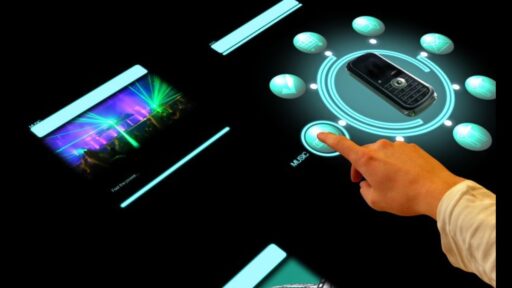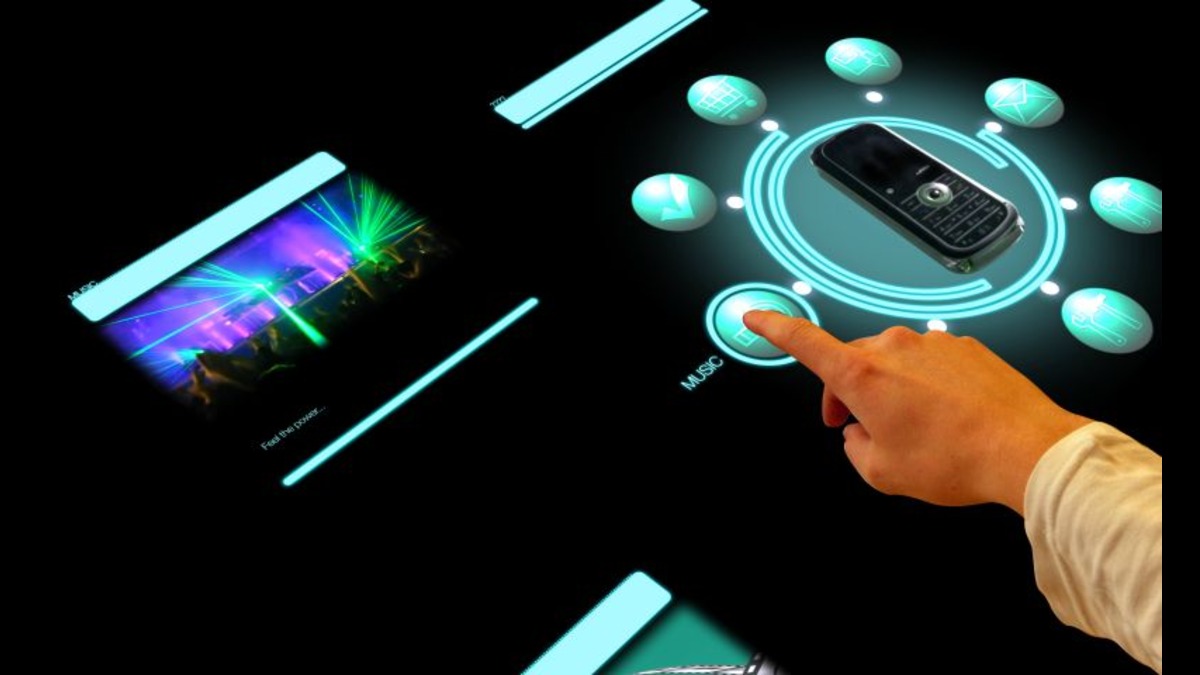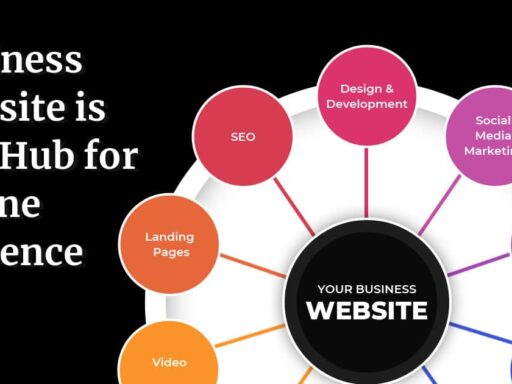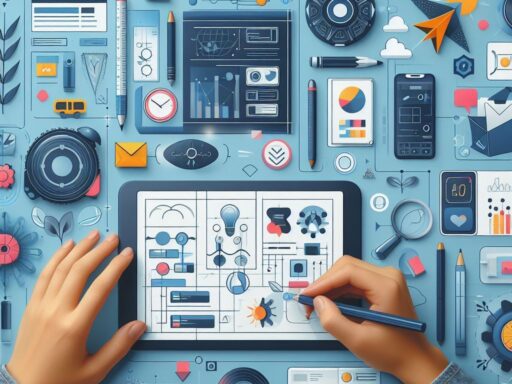Interactive and multimedia web design is the production of web experiences that engage people with various sorts of interactivity and multimedia features. This method tries to increase user engagement, improve usability, and provide memorable digital experiences. Here are some important components and concerns for interactive and multimedia web design:
User Interaction:
Interactive web design aims to engage consumers using interactive features such as buttons, forms, animations, sliders, and more. These aspects enable people to actively engage with the surfing experience rather than passively digesting content.
Multimedia Integration:
Multimedia elements such as photographs, videos, audio, and animations are deliberately integrated into the design to improve visual appeal and transmit information in an engaging manner. These elements can be used to create stories, showcase products, or offer context to the material.
Responsive Design:
With the growing popularity of mobile devices, responsive design is critical in interactive and multimedia site design. Websites should adapt to varied screen sizes and resolutions to provide a consistent user experience across all devices.
User Experience (UX) Design:
UX design is an important part of interactive web design since it focuses on how people interact with and experience the website. Designers must consider elements like as navigation, usability, accessibility, and overall user happiness.
Animation and Effects:
Animation can be used to enhance the visual appeal and interaction of web design. From minor hover effects to elaborate animated transitions, animation may help users focus their attention and create a more interesting browsing experience.
Performance Optimization:
Multimedia elements can occasionally slow down website performance if not properly optimized. Designers must optimize photos, videos, and other media files to provide quick loading speeds and a pleasant browsing experience.
Testing and Iteration:
Continuous testing and iteration are required in interactive web design to ensure that the website meets its users’ needs. Designers should collect input, assess user behavior, and make data-driven changes.
conclusion:
Interactive and multimedia web design strives to create immersive and captivating online experiences that make an effect on users long after by using these components and concerns.







